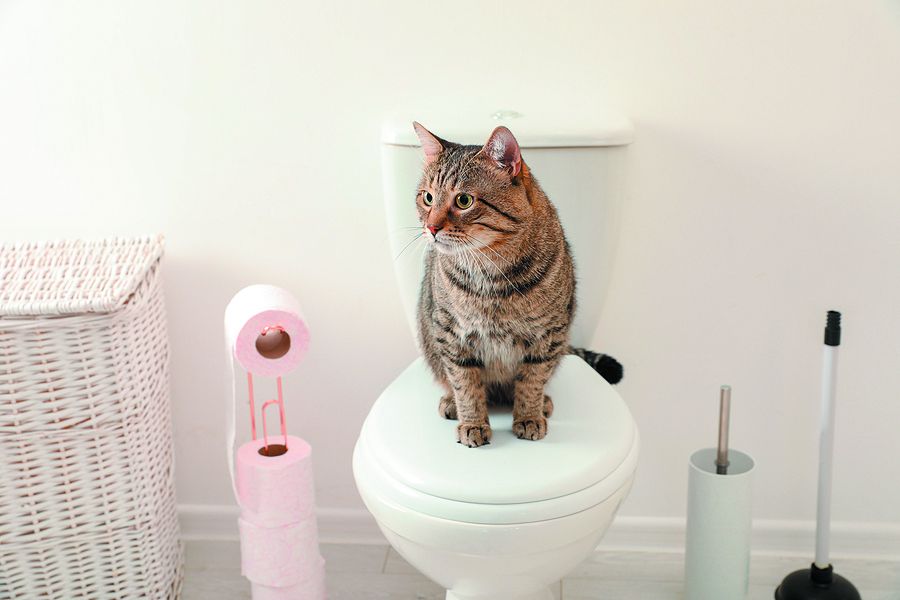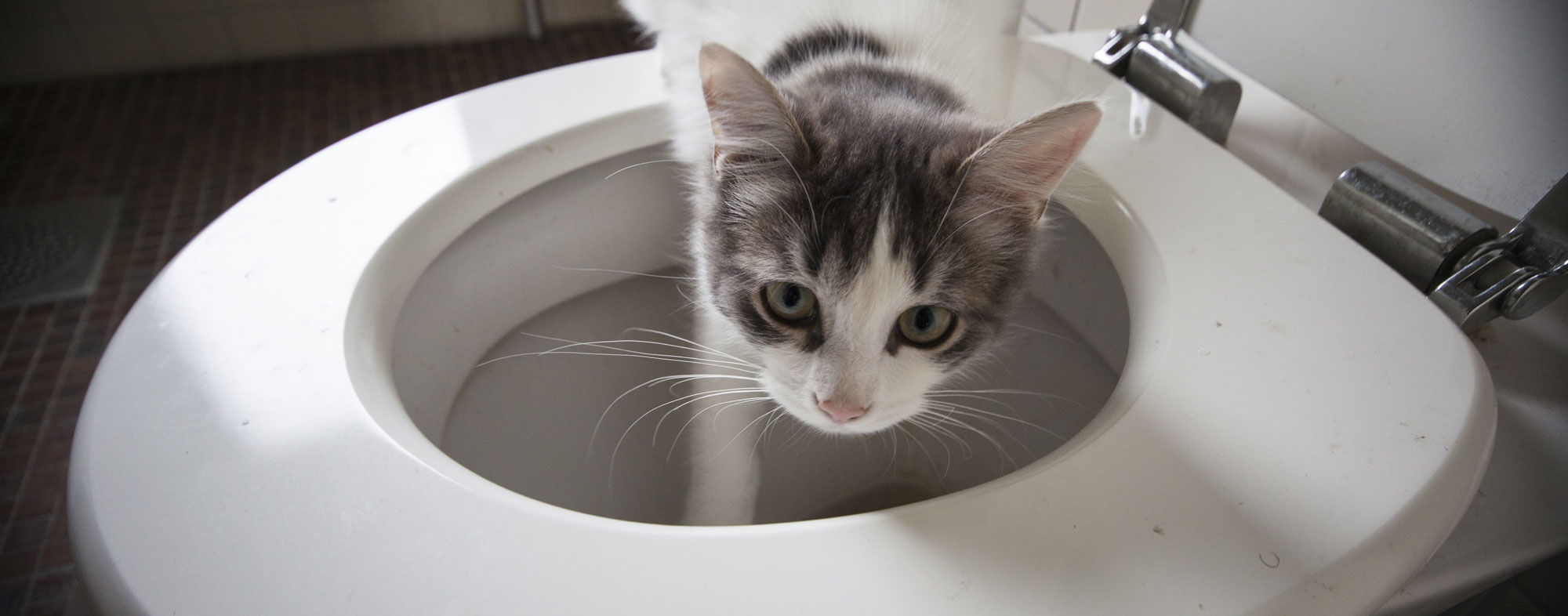Prevent Clogs and Damage: Don't Flush Cat Poop Down Your Toilet - Expert Insights
Prevent Clogs and Damage: Don't Flush Cat Poop Down Your Toilet - Expert Insights
Blog Article
The article author is making a number of great annotation on Can You Flush Cat Poo or Litter Down the Toilet? in general in the content beneath.

Introduction
As feline proprietors, it's necessary to be mindful of exactly how we dispose of our feline close friends' waste. While it might appear hassle-free to purge pet cat poop down the toilet, this technique can have destructive effects for both the environment and human health and wellness.
Alternatives to Flushing
Thankfully, there are more secure and more liable means to deal with pet cat poop. Take into consideration the adhering to choices:
1. Scoop and Dispose in Trash
One of the most common technique of getting rid of cat poop is to scoop it right into an eco-friendly bag and toss it in the trash. Make sure to use a specialized clutter scoop and take care of the waste immediately.
2. Usage Biodegradable Litter
Opt for eco-friendly pet cat litter made from materials such as corn or wheat. These litters are eco-friendly and can be securely disposed of in the garbage.
3. Hide in the Yard
If you have a yard, consider burying pet cat waste in a marked area away from veggie gardens and water sources. Make sure to dig deep adequate to stop contamination of groundwater.
4. Install a Pet Waste Disposal System
Invest in an animal garbage disposal system especially made for cat waste. These systems make use of enzymes to break down the waste, decreasing smell and environmental effect.
Wellness Risks
Along with environmental issues, purging feline waste can likewise posture wellness risks to people. Feline feces might consist of Toxoplasma gondii, a bloodsucker that can create toxoplasmosis-- a possibly severe disease, specifically for expecting females and people with weakened body immune systems.
Environmental Impact
Flushing cat poop presents dangerous microorganisms and bloodsuckers right into the water supply, positioning a significant risk to aquatic communities. These pollutants can adversely impact aquatic life and concession water high quality.
Final thought
Responsible family pet ownership extends past providing food and shelter-- it likewise includes proper waste administration. By refraining from purging cat poop down the toilet and going with alternate disposal methods, we can reduce our ecological footprint and safeguard human health.
CAN I FLUSH MY CAT'S POOP DOWN THE TOILET?
Always avoid flushing cat poop down the drain because not only could it potentially contain harmful parasites called toxoplasmosis, the litter could sit in your line and lead to a clog.
Plenty of waste gets flushed down your toilet every day, so what harm could a little cat poop and cat litter do? The answer is a lot, which is why you never want to send it down your drains.
Can I Flush My Cat's Poop Down The Toilet?One of the biggest problems with flushing your cat’s presents is the harmful parasites in your feline’s stool called toxoplasmosis. Extremely dangerous for humans, especially pregnant women and people who are immunocompromised, these parasites can cause a multitude of problems for unborn babies and even cause death or miscarriage if the infection happens early. That’s why you should always avoid touching cat poop. Also, water systems are not equipped to handle toxoplasmosis and are unable to destroy the parasite before it’s sent back into the environment, potentially jeopardizing the health of local area wildlife, specifically marine life.
Flushing cat poop could also lead to a future drain clog. Try as you may to eliminate any litter from it, there will always still be some stuck on there – and even if it says flushable on the label, it’s not! Cat litter is made up of bentonite clay, which has the tendency to harden when wet, creating a thick, almost cement-like quality. Cat litter that ends up down the drain can expand from the moisture in the pipes and then harden, blocking any wastewater. If you have a septic tank or a cesspool, it cannot handle cat litter either, no matter what kind. If it solidifies in the tank, in any of the system’s major parts like the inlet baffle, it’ll create some expensive problems.
The best way to dispose of cat poop safely is to scoop it into a bag and throw it into the trash – and ways of dealing with the smell include adding baking soda and replacing the box more.
Now that we’ve explained the potential harm that flushing cat poop can cause to you and your drains, you might be wondering the best way of dealing with it. Unfortunately, it’s the old-fashioned way of scooping it into a bag and then placing it into a trash can. They also make pet-proof trash cans that lock in the smell, so that you don’t have to always immediately take it out. If you’re tired of smelling the litter box after even just one use from your feline, there’s things you can do to help combat that smell. Adding baking soda to the litter will reduce smells, but just don’t add too much or your cat will no longer want to use the box. You could also replace the box more frequently, at least once a year, as those smells can just seep inside the scratch marks. Lastly, try changing to a new litter formula – some are better with smells than others.

Do you really like reading up on Don’t flush cat feces down the toilet? Make feedback down the page. We would be pleased to know your thoughts about this entry. In hopes that you come back again soon. Sharing is nice. One never knows, you may very well be helping someone out. Thank-you for taking the time to read it.
Book Your Installation Report this page